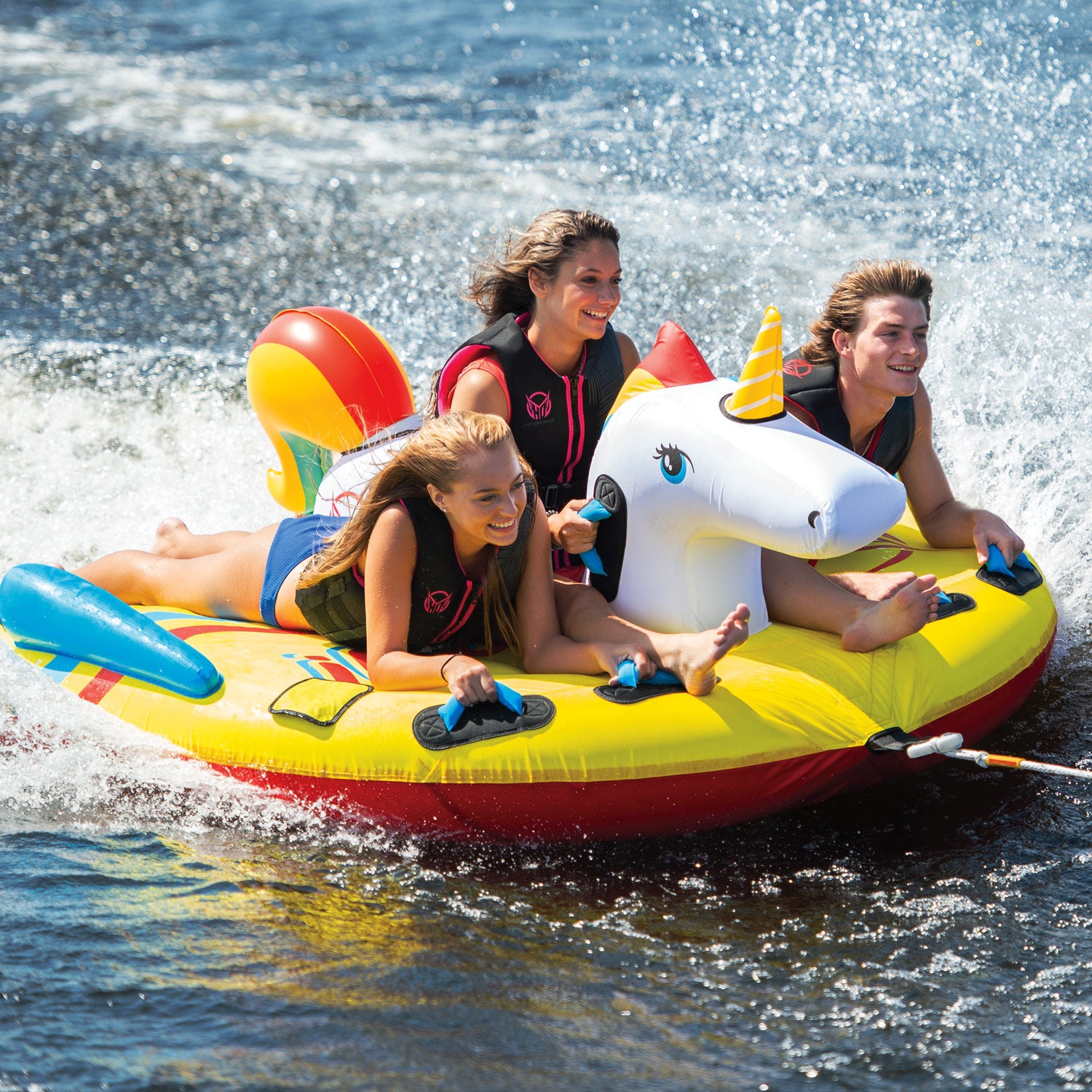Gifting has never been easier
Perfect if you're short on time or are unable to deliver your gift yourself. Enter your message and select when to send it.
Today, we're delving into the world of wetsuits. With countless variations available, it can be overwhelming to determine which wetsuit is best suited for your chosen water sport. Fear not, as we unravel the intricacies and considerations that go into selecting the perfect wetsuit tailored to your needs.

Understanding How Wetsuits Work: Before diving into the specifics, let's grasp the fundamental principle behind wetsuits. These ingenious garments function by trapping a thin layer of water between your body and the suit material. As your body heat warms this layer, it serves as insulation, keeping you comfortably warm amidst cooler water temperatures. Therefore, a properly fitting wetsuit is crucial, ensuring no cold water infiltrates and disrupts this cozy barrier.
Factors to Consider: When embarking on the quest for your ideal wetsuit, several factors warrant consideration:
Water Temperature: Assessing the temperature of the waters you'll be navigating is paramount. Whether you're braving frigid lakes or basking in warmer climates, the appropriate wetsuit thickness will vary accordingly.
Personal Preference: Your comfort and mobility preferences play a significant role. Strike a balance between warmth and flexibility based on your individual preferences and riding style.
Mobility Requirements: Consider the level of movement necessitated by your water sport endeavors. Opt for wetsuits that facilitate unrestricted motion, crucial for activities like wakeboarding and water skiing.
Types of Wetsuits: Now, let's explore the three primary styles of wetsuits commonly utilized in water skiing and wakeboarding:
Heater Tops: Ideal for warmer water conditions or transitional seasons, heater tops provide insulation and shield against wind and sun exposure. They offer excellent flexibility and are effortless to don, making them a popular choice.
Spring Suits: Available in short arm/short leg or long arm/short leg variants, spring suits strike a balance between warmth and mobility. Perfect for year-round use, they keep your core warm while allowing ample movement in the limbs.
Full Suits (Steamers): For maximum coverage and insulation, full suits envelop your entire body, making them ideal for colder climates or individuals prone to feeling the chill. Look for features like high-stretch neoprene and strategically placed flex pads for enhanced flexibility.

Sealing Options: The sealing mechanism of your wetsuit influences its warmth and ease of use. Common sealing options include:
Back Zip: Basic and easy to use, back zip wetsuits feature a zipper running down the back, accompanied by a Velcro flap for added protection.
Chest Zip: Offering enhanced warmth and a snugger fit, chest zip wetsuits boast a zipper across the chest, providing superior sealing properties.
Zip-Free: The warmest and most secure option, zip-free wetsuits eliminate zipper bulk, minimizing water ingress and maximizing insulation.
Choosing the Right Fit: Achieving the perfect fit is crucial for optimal wetsuit performance and comfort. Remember, wetsuits typically stretch by about 10% in the water, so opt for a snug fit without any gaps or bunching. Consult with knowledgeable staff at reputable stores to ensure you find the right fit for your specific water sport needs.
Conclusion: Selecting the right wetsuit is a pivotal decision that can significantly impact your enjoyment and performance in the water. By considering factors such as water temperature, personal preferences, and mobility requirements, along with understanding the various wetsuit styles and sealing options, you can confidently choose a wetsuit that meets your needs. So, gear up, hit the waves, and let your perfectly fitted wetsuit enhance your aquatic adventures!
See our full range of wetusits here
Don't miss out on exclusive deals, latest product drops and more.

Gifting has never been easier
Perfect if you're short on time or are unable to deliver your gift yourself. Enter your message and select when to send it.






